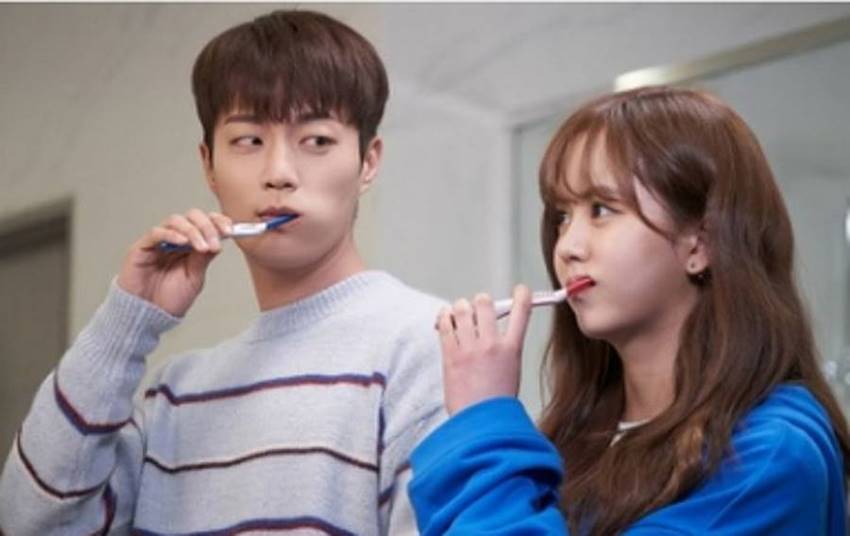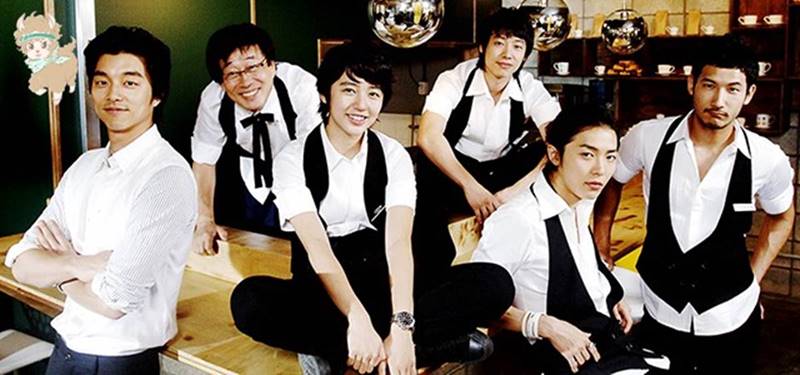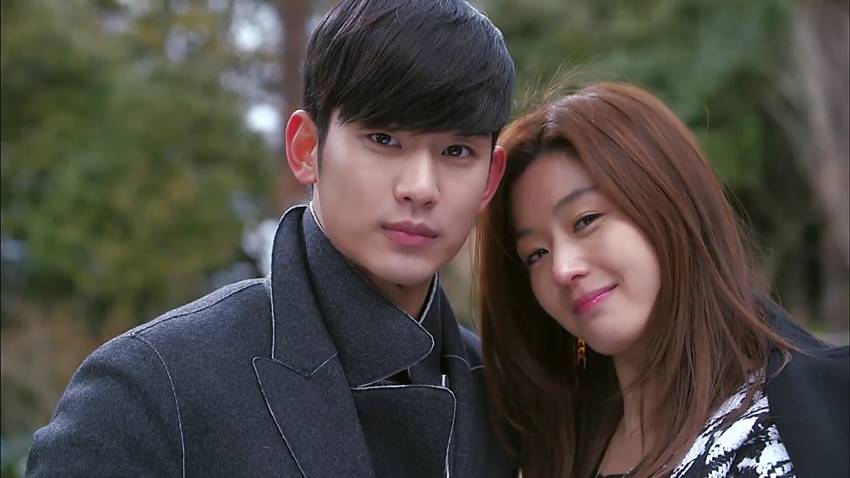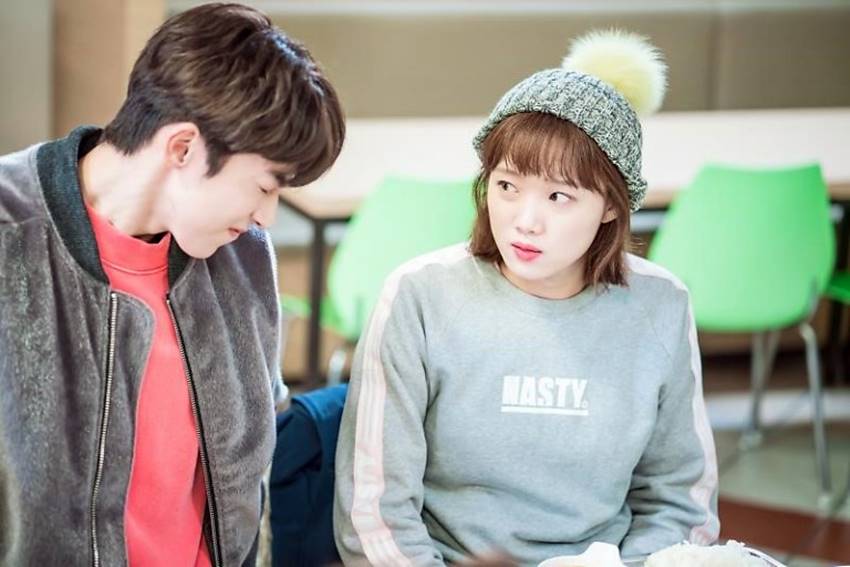By Jae-Ha Kim
KOCOWA
November 27, 2021
Back in the day, there weren’t that many legal streaming sites that showed Korean content. Before KOCOWA entered the market, there was Dramafever (which no longer exists) and Viki.
With the worldwide popularity of K-dramas, there has been an influx of streaming sites like Netflix and Apple TV+ that have jumped on the Korean series bandwagon. They’re not just airing the series, but also producing some major hits like “Squid Game.” On a business level, this is great. A company like Netflix has deep pockets and can infuse money into the productions.
MULTIPLE SEASONS? NO, THANK YOU!
But whenever money is involved, there are also issues of control. And what I’ve seen is that some of these K-dramas have started to slowly move into the realm of traditional Western series. “My First First Love” gave Netflix viewers a taste of how the site would handle K-dramas. Instead of airing all 16 episodes consecutively, it split the series up into two seasons of eight episodes each. The first season released on April 18, 2019. The second aired three months later.

That was annoying enough, but then came “Love Alarm.” Netflix released 12 episodes of the series, which starred Kim So Hyun (“The Tale of Nokdu,” “Radio Romance“), on August 22, 2019. The ending wasn’t a series finale, but a wonky season finale which, frankly, was confusing for longtime K-drama fans. The eight-episode second (and final) season released on March 12, 2021 — almost a year and a half later. The problem? By that time, no one remembered what had happened in the earlier episodes.
And then there’s the “Kingdom” franchise, which is superb in every way…except how the seasons are divided. Netflix released six episodes on January 25, 2019, with the 6th episode just kind of ending with no real cliffhanger to tide you over until the second season over a year later on March 13, 2020.
6 EPISODES? WHY SO STINGY?

Apple TV+ made its entry into the world of K-dramas earlier this month with its first production, “Dr. Brain,” starring “Parasite” actor Lee Sun Kyun (“Coffee Prince,” “Pasta“). And instead of airing two episodes a week as is traditional for Korean series, it’s airing just one weekly through December 9. Why? Because it’s just a six-episode series. I had early media access to watch the entire series. And the ending kind of just went nowhere, as if the showrunners are expecting to film a followup season.
Same with Netflix’s “Hellbound,” which released all six episodes on November 19. I’m all for releasing the entire series on the same day, which makes it nice for those of us who enjoy bingewatching a K-drama in a few days (or hours!). But again, the ending wasn’t a finale, but a marker for an upcoming second season. Stop doing this. 제발! Please!
CLASSIC FORMAT
Don’t get me wrong. Some series deserve multiple seasons. But there’s something to be said about the classic K-drama format with the second lead syndrome, the white truck of death, the over-the-top chaebols and, most importantly, the one-and-done season that ends after 16 to 20 episodes. Honestly, that’s one of the things that make Korean productions so uniquely satisfying.

I think I would have lost my mind if “My Love From the Star” had been split into two seasons separated by a year or more. Originally scheduled for 20 episodes, the showrunners tacked on a 21st episode to take advantage of its (then) unparalleled popularity. Other 20-episode K-dramas that are favorites? “The Heirs,” “The Moon Embracing the Sun,” “Healer” and “Suspicious Partner.” (Technically, the latter is actually 40 episodes. But since each is just half an hour long, it’s equivalent to a 20-episode hour-long K-drama.)

For me, 16 episodes is perfection — long enough to tell an engaging story, but short enough that it doesn’t feel as if the characters have overstayed their welcome. Some examples of 16 episode classics include “Descendants of the Sun,” “Dream High,” “Weightlifting Fairy, Kim Bok-Joo,” and “While You Were Sleeping.” “Extra-ordinary You” technically is 32 episodes but, again, since each is only about 30 minutes long, it’s the equivalent of a traditional 16-episode hour-long K-drama.
So now I’m curious, what’s the perfect K-drama format for you? The one-and-done season? The multi-season dramas? Or are you not particular about it? Share your thoughts with me!






One thought on “K-drama’s New Format: Love It or Hate It?”